



Suggested Citation: Ganguly, Tanushree, L. S. Kurinji, Sarath Guttikunda. 2020. How Robust are Urban India’s Clean Air Plans? An Assessment of 102 Cities. New Delhi: Council on Energy, Environment and Water.
This report, in collaboration with Urban Emissions, evaluates the 102 city-specific clean air plans in India approved under the National Clean Air Programme (NCAP). Based on an extensive review of global literature on clean air planning, this report identifies key components of a clean air plan. It suggests ways in which these components can be integrated into the existing city action plans. Given that the current plans are preliminary, it provides recommendations to the State Pollution Control Boards (SPCBs) and municipal corporations on strengthening the plans.
The NCAP lists the preparation and implementation of air quality management plans by cities that do not meet the National Ambient Air Quality Standards - non-attainment cities - as a primary mitigation measure to reduce PM 2.5 levels by 20 to 30 per cent with 2017 as the base year. The SPCBs were to submit the clean air plans which list down sector-specific interventions with predetermined timelines for implementation and the agency responsible for execution.
Ambient air pollution is linked to 4.2 million deaths globally (WHO, 2016). A study led by researchers from the Indian Institute of Technology (IIT) Bombay, the Health Effects Institute (HEI), and the Institute of Health Metrics and Evaluation (IHME) found that in 2015, residential biomass fuel burning contributed to nearly 268,000 deaths. Coal combustion in thermal power plants and industries contributed to 169,000 deaths; anthropogenic dust contributed to 100,000 deaths; agricultural burning contributed to 66,000 deaths; and transport, diesel, and kilns contributed to over 65,000 deaths in India (GBD Maps Working Group 2018). Mortality numbers associated with different polluting sectors establish the need for an emission mitigation strategy that addresses each of these sectors and any interlinkages that exist. Such a programme also warrants the participation of the relevant central ministries, state governments, local bodies, and other stakeholders to ensure a focus on all pollution sources. This was the ethos behind the formulation of the National Clean Air Programme (NCAP). While the Ministry of Environment, Forest and Climate Change (MoEF&CC) circulated a concept note for the NCAP in April 2018, the final NCAP document was released in January 2019.
The NCAP aims to achieve a 20–30 per cent reduction in particulate matter (PM) concentration by 2024 with 2017 as the base year (MoEFCC 2019). It proposes the implementation of city-specific air quality management plans for non-attainment cities i.e. cities that violate the National Ambient Air Quality Standty Standards (NAAQS). While the NCAP document released in January 2019 lists 102 non-attainment cities, an August 2019, National Green Tribunal (NGT) directed 20 additional cities to prepare clean air plans. These 20 cities await inclusion in the NCAP and the approval of their city-specific action plans. Although the clean air plans are meant to propose an actionable strategy with clear targets and timelines, the current plans have significant shortcomings that could potentially derail the implementation process. A review of the global literature on best practices for clean air planning helps establish the essential components of a clean air plan: a legal framework, sectoral reduction targets based on source contributions, the cost-effectiveness of the proposed measures, and a clear delineation of responsibilities among implementing agencies. We reviewed the 102 approved city clean air plans to assess whether the aforementioned components have been addressed. Our findings are summarised as follows.
There is no legal mandate for reviewing and updating plans
Unlike in the United States and the European Union, where states and member nations are legally mandated to periodically update clean air plans for regions that violate air pollution standards, the city clean air action plans in India were drafted in response to an order by the National Green Tribunal. Therefore, there is cause for concern that the preparation of plans might remain a one-time exercise. We recommend that preparing and periodically updating plans be mandated under the Air (Prevention and Control of Pollution) Act (1981)”.
Actions in the plan cannot be prioritised without information on the contributions of different sources. State pollution control boards (SPCBs) can benefit from mapping out dispersed polluting sources in the cities and intensifying inspection in these areas.
Our review found that only 25 of the 102 city action plans contained data on emissions from different sources. This is despite the fact that the Air Pollution Knowledge Assessment (ApNA) maintains a database of the emission inventories of over 40 of the non-attainment cities. Even among the 25 action plans that contain data on sources, the information does not translate into timelines set for the execution of the action points listed in the plan. While 56 action plans clearly express the intention to carry out source apportionment studies in the coming years, in the meantime, a mapping of polluting activities in the city can be carried out. This could help in determining the spatial distribution of polluting sources and help identify areas where action should be prioritised.
Pollution control measures warrant inter-departmental coordination, which may result in fragmented accountability and overlap of responsibilities. Hence, for each measure, agencies should be assigned specific duties.
Another major concern that our review highlights is the absence of a single body or agency that could be held responsible for the implementation of each city’s clean air plan. About 84 per cent of all activities have been assigned to pollution control boards (PCBs), municipal corporations, or the state department of transport (below figure). 40 per cent of all listed activities are shared among multiple agencies, including the respective SPCBs, urban local bodies (ULBs), and the state department of transport, which can result in fragmented accountability. To address this, we recommend that for each measure, agencies should be assigned specific roles, i.e., planning, implementing, enforcing, or monitoring.
Fig ES1 About 84 per cent of the mitigation activities have been allotted to PCBs, ULBs, and the transport department
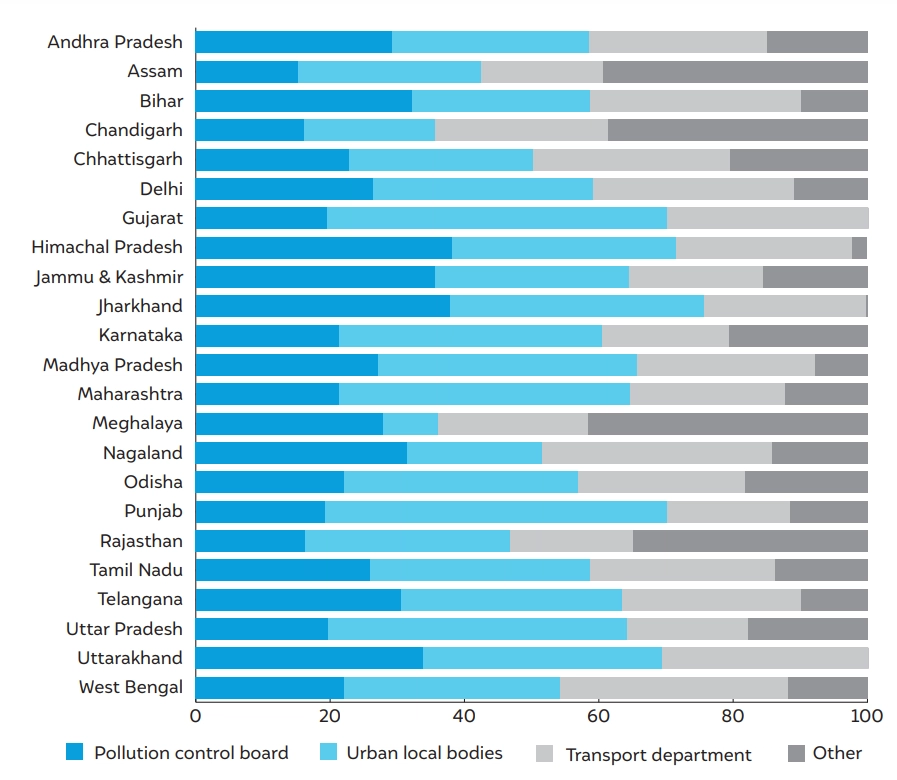
Source: Authors' analysis
Cities are affected by polluting sources both within the city and outside the city limits. Hence, the plans should propose an inter-city, cross-state coordination mechanism to ensure that regional sources are addressed.
Studies suggest that the contribution of sources outside a cities’ boundary could range 15–50 per cent (ES 2). Despite this, the action plans establish no clear guidelines for coordination with other regions in the state, let alone addressing sources that impact multiple states. This can be addressed by setting up regional airshed management authorities that enjoy cross-state jurisdiction.
We also find that the states with multiple non-attainment cities such as Uttar Pradesh and Rajasthan have resorted to using the same set of action points in all their city plans. To address this, we recommend the preparation of a state action plan that would include statewide emission control measures and city action plans that would address local sources.
Fig ES2 Sources outside the city boundaries contribute about 30 per cent of the PM 2.5 concentration
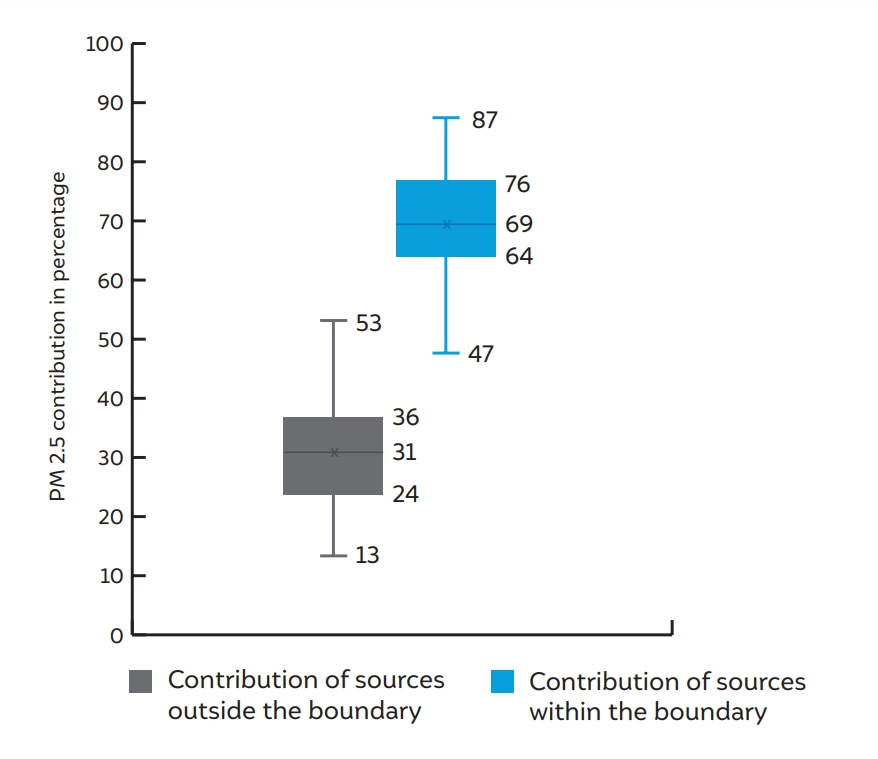
Source: Authors' analysis
The feasibility of mitigation actions depends on their cost-effectiveness. Hence, the plans should budget for the execution of each action.
The most glaring shortcoming was the absence of cost estimates for the execution of the action points listed in the plans. Only 9 out of the 102 approved plans provided detailed budgets. State budgets need to account for the expenses that implementing clean air plans will incur, especially since some actions call for core infrastructural development and the purchase of expensive assets like mechanical street sweepers and real-time monitoring stations. Also, of all the agencies listed in the plans, the ULBs, including the municipal corporations and urban development authorities, are responsible for more than 35 per cent of all listed activities in the plans. Municipalities across India are infamous for underdeveloped finances. Hence, their ability to raise resources for air pollution mitigation should be evaluated and suitable source of finance should be provided to enable them to act independently.
In the following years, clean air plans will guide pollution mitigation activities in cities. SPCBs and municipal corporations could use the recommendations listed in this report to update the plans.
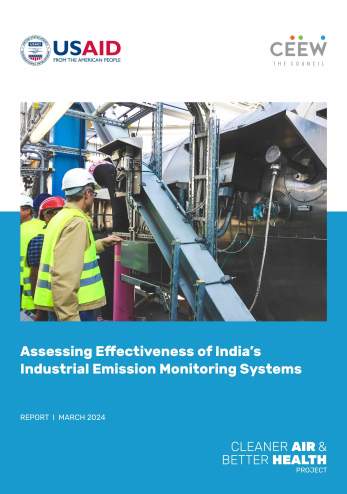
Assessing Effectiveness of India’s Industrial Emission Monitoring Systems
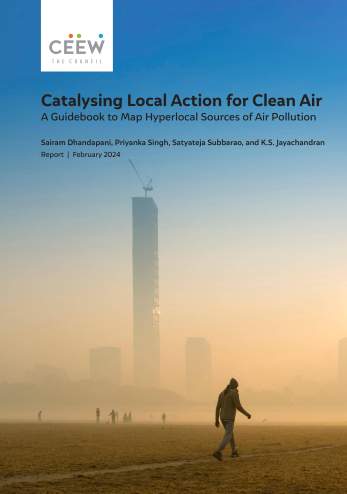
Catalysing Local Action for Clean Air
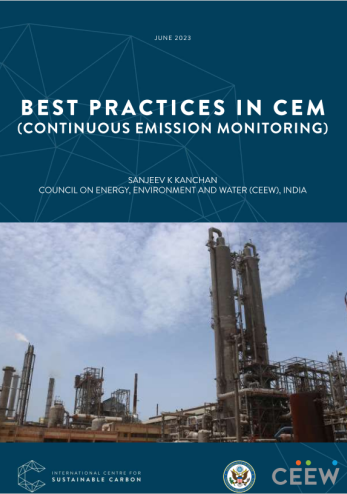
Best Practices in CEM (Continuous Emission Monitoring)
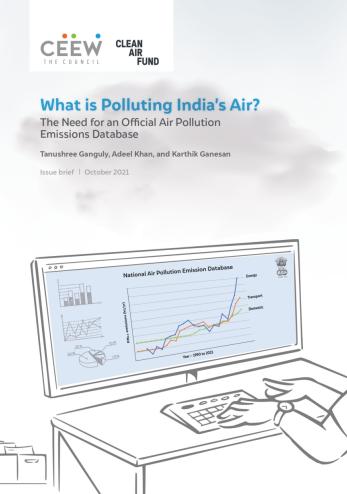
What is Polluting India’s Air? The Need for an Official Air Pollution Emissions Database